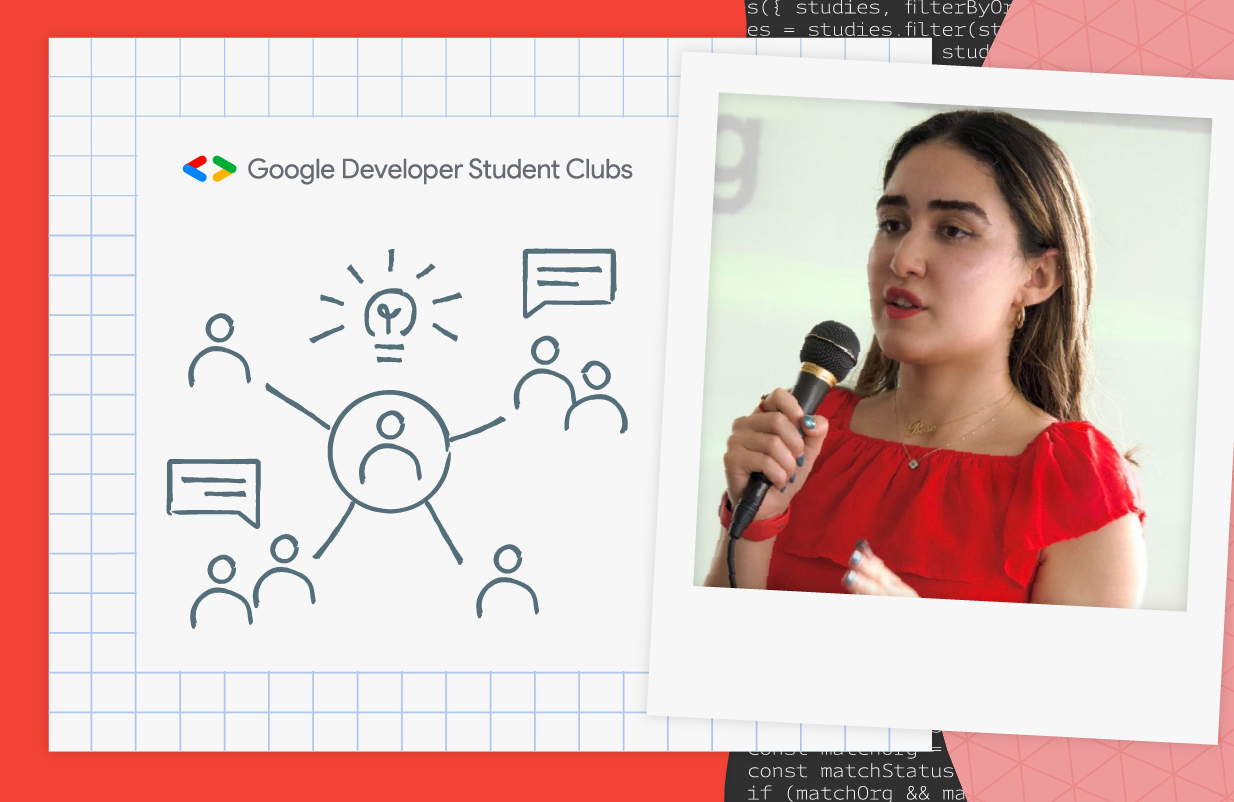
Posted by Takuo Suzuki, Developer Relations Program Manager, Japan
Rose Niousha wanted to create a community where students could explore their technical interests without being held back by external factors or stereotypes. A passion for inclusion set her on a path to growing her
Google Developer Student Clubs chapter and discovering the
Women Techmakers (WTM) program.
After majoring in Computer Science at Waseda University, Rose realized many students had difficulty applying what they learned in school to practical environments and internships. Seeing a gap between theory and practice, she aimed to tackle these problems by founding a Google Developer Student Club (GDSC) on her campus. Through her leadership, the club became the largest chapter in Japan, with 177 active members. This post highlights how Rose created a big impact in her community and then became a WTM Ambassador.
How GDSC Waseda emphasized inclusivity in their community
Rose wanted the Waseda community to champion diversity and inclusion. When Rose selected her core team members, she aimed to ensure diverse perspectives and different educational backgrounds were represented. By recruiting members from other majors, people didn't feel like outsiders in the community. As a result, the members of GDSC Waseda consisted of both technical and non-technical majors, with 47.8% being female students, marking an inclusive 50-50 gender ratio that is not typical among tech communities.
 |
The 2021-2022 GDSC Waaseda core team (Tokyo, Japan)
|
After building a core team for the chapter, Rose decided that breaking the language barrier could establish a more inclusive community. Rose wanted students from all backgrounds to be able to communicate with each other so she chose English as the main language for the chapter. Since her university is home to an international community, this helped address a common challenge in Japanese universities: students' lack of confidence to discuss professional fields in English. This brought students together and helped everyone improve their language abilities.
Hosting programs to educate, inspire, and connect students
The chapter hosted over 30 activities like speaker sessions and hands-on programming workshops where students gained a practical understanding of tools like Flutter, Google Cloud Platform, and Firebase.
Flutter sessions were taught to students so they could create natively compiled mobile apps and submit to the annual GDSC Solution Challenge.
Firebase sessions helped backend teams handle user databases as well as get a basic understanding of NoSQL databases. Students then could implement this technology and strengthen their project’s scalability and data security.
Through collaborations with other companies, GDSC Waseda helped students to experience different disciplines like coding/programming, team management, and design thinking. These workshops helped students find internship opportunities and even students majoring in non-technical majors, like humanities, secured internships at tech firms in roles such as UX/UI design and PM roles since they were exposed to a practical side of the industry.
 |
| Event Participants from GDSC Waseda (Tokyo, Japan) |
Leadership in action: GDSC Solution Challenge efforts in Japan
As a GDSC lead, Rose encouraged participation in the annual GDSC Solution Challenge. She approached it as a starting point, rather than a goal. With this positive attitude, four teams from the chapter submitted projects and team
mimi4me, a mobile safety application using Machine Learning, became the first team from Japan to be selected as one of the
Global Top 50. The team is continuing to scale their solution by planning to publish the application on Google Play.
 |
| Rose Niousha gives certificate to the Mini Solution Challenge winning team (Tokyo, Japan) |
To showcase the efforts of all the teams after the Solution Challenge, the chapter hosted a
Mini Solution Challenge event. All teams gave a presentation describing the solutions that they submitted, and event participants voted for their favorite project. Additionally, another team of students from GDSC Waseda and Keio founded an E-Commerce startup from their time at GDSC.
Reflections and accomplishments along the way
Through Google connections and using tools like LinkedIn to find other like-minded leaders, Rose reached out to many inspiring women working in the tech industry. She prepared for the events for weeks in advance by conducting several meetings with the speakers. Through these helpful sessions, GDSC Waseda was able to inspire many more women on campus to join their community and discover their interests. Now, GDSC Waseda is proud to have a diverse community with a 50-50 gender ratio in members.
“Being a GDSC Lead has brought me tremendous opportunities,” says Rose. “Since one of my biggest objectives was to tackle the gender barrier in the tech industry through my GDSC community, I actively hosted events during International Women's Day (IWD) month.”
 |
| Rose Niousha with the Global Head of Google Developer Community Program, Erica Hanson (New York City, New York, USA) |
Building an inclusive future as a WTM ambassador
Rose worked with her Google Community Manager in Japan, Reisa Matsuda, who helped develop her passion for creating a diverse and inclusive community. Reisa told Rose about the Women Techmakers (WTM) program and encouraged her to take advantage of many opportunities. With mentorship and guidance, soon after Rose became a GDSC Lead, she joined Women Techmakers (WTM) as an Ambassador.
 |
| Reisa Matsuda and Rose at GDSC Leads Graduation |
As an alumnus of Women Developer Academy (WDA), a program that equips women in tech with the skills, resources, and support they need to become a tech presenter and speaker, Rose felt confident and prepared to speak as a panelist at this year’s International Women’s Day event hosted by WTM Tokyo - the largest IWD event in Japan with over 180 participants. During the talk, she shared her experience with the WDA program and personal stories related to WTM’s IWD 2022 "Progress, not Perfection” campaign.
 |
| Rose Niousha with the Head of Google Women Techmakers, Caitlin Morrissey (Mountain View, California, USA) |
As part of her involvement with the WTM program, Rose attended Google I/O offline at Shoreline on May 11, 2022. It was the first in-person Google developer event she had ever attended.
“I was surprised by its massive scale,” says Rose. “Kicking off the event with an inspiring talk by Google's CEO, Sundar Pichai, I had an amazing time listening to talks and networking. During my time in California, I was able to meet with many inspiring students and professionals, and bring unique ideas back to my chapter.”
Join a Google Developer Student Club near you
Google Developer Student Clubs (GDSC) are community groups for college and university students like Rose who are interested in Google developer technologies. With over 1,800+ chapters in 112 countries, GDSC aims to empower developers like Rose to help their communities by building technical solutions. If you’re a student and would like to join a Google Developer Student Club community, look for a chapter near you here, or visit the program page to learn more about starting one in your area.
Learn more about Women Techmakers
Google’s Women Techmakers program provides visibility, community, and resources for women in technology. Women Techmakers Ambassadors are global leaders passionate about impacting their communities and building a world where all women can thrive in tech.











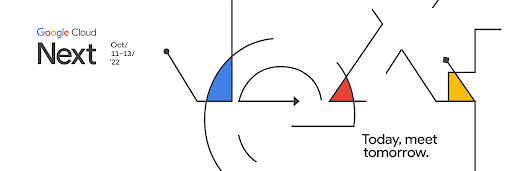






















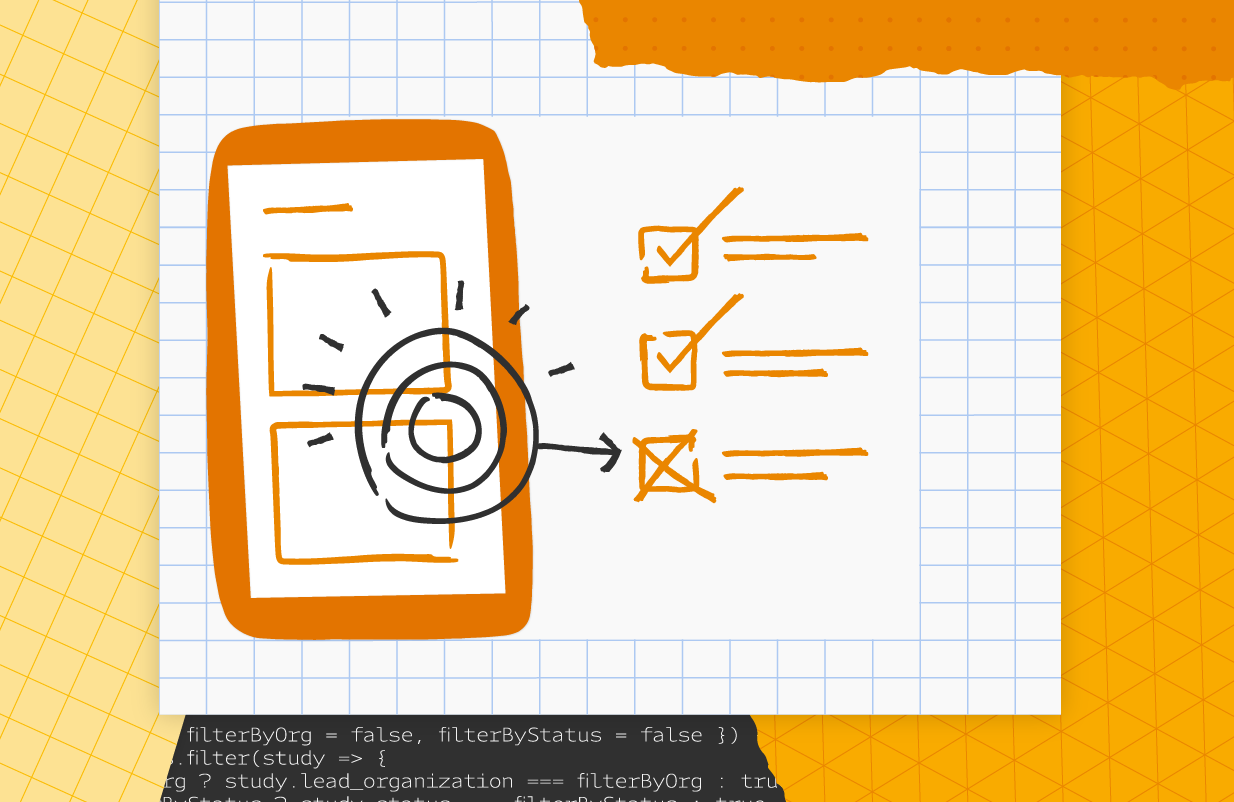

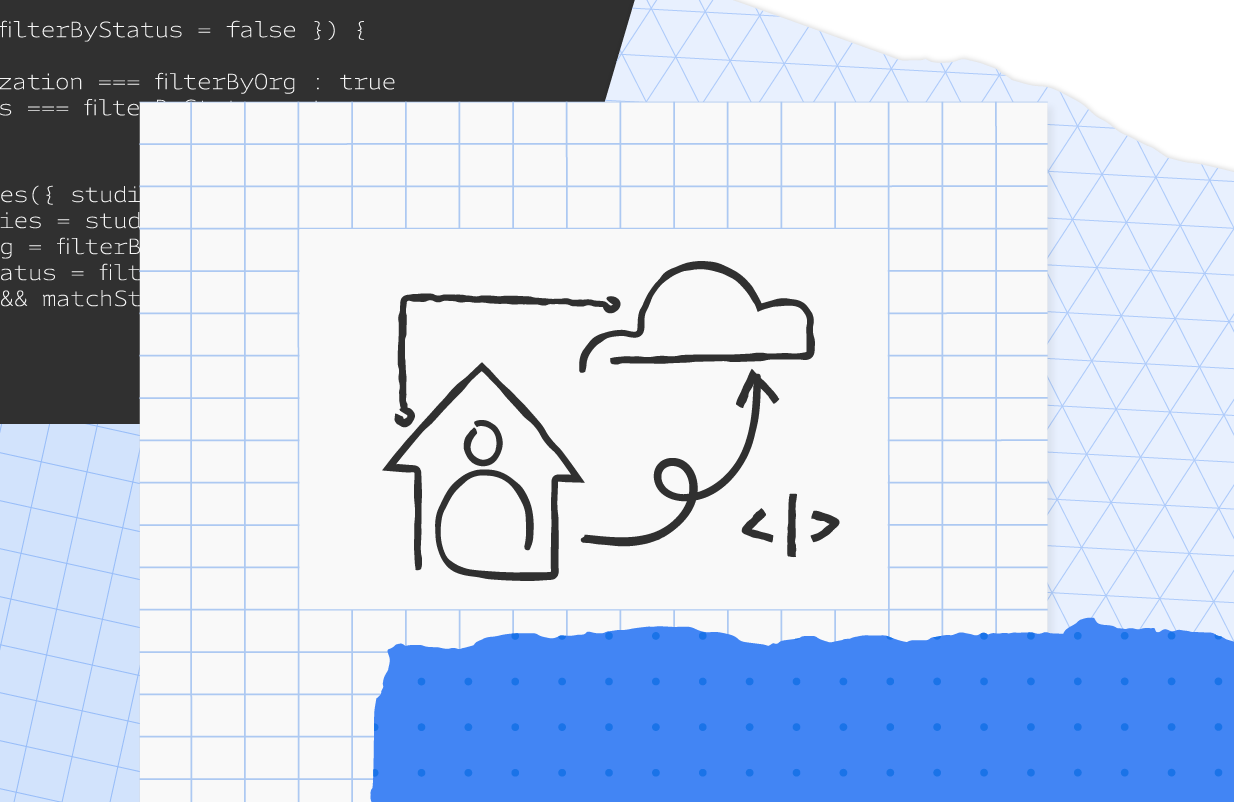

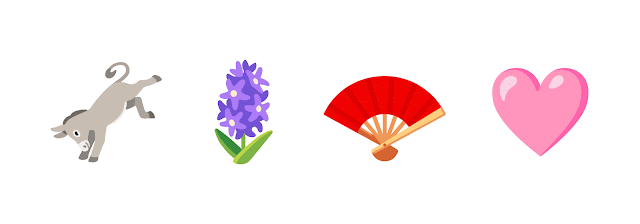






.gif)







